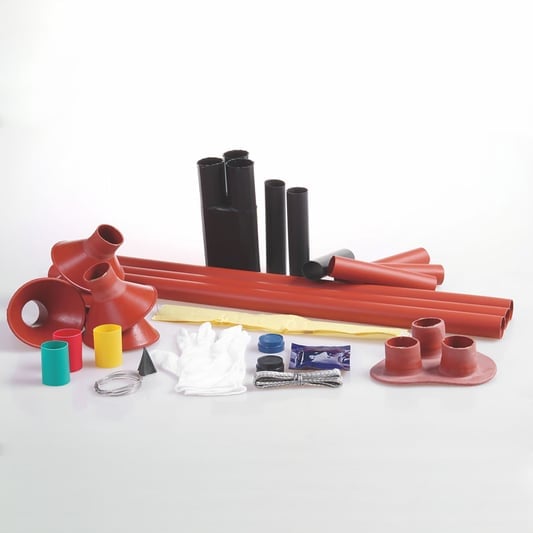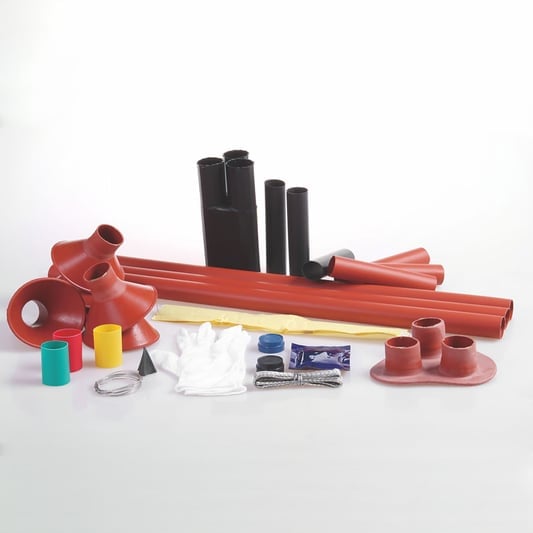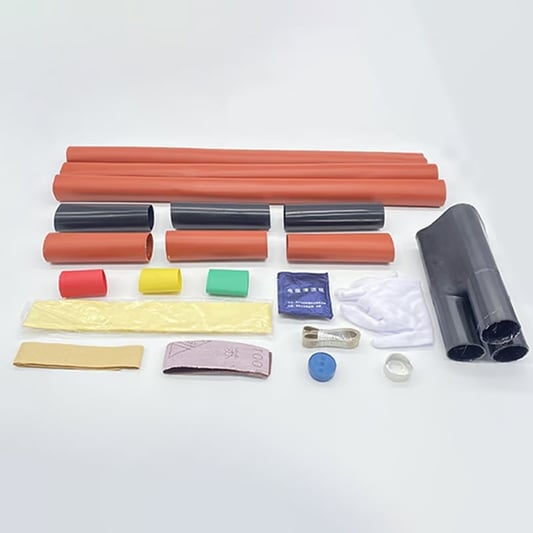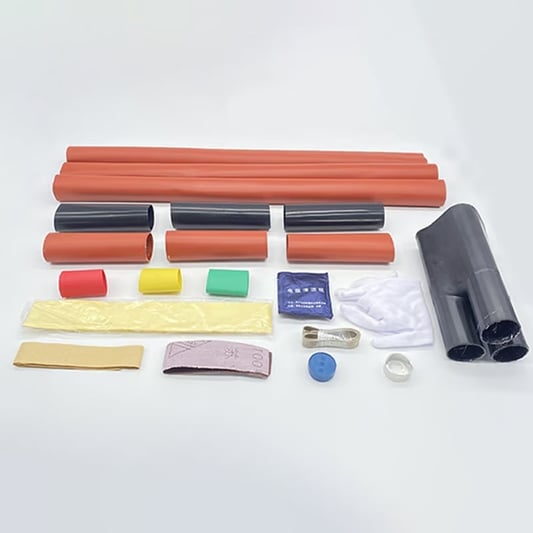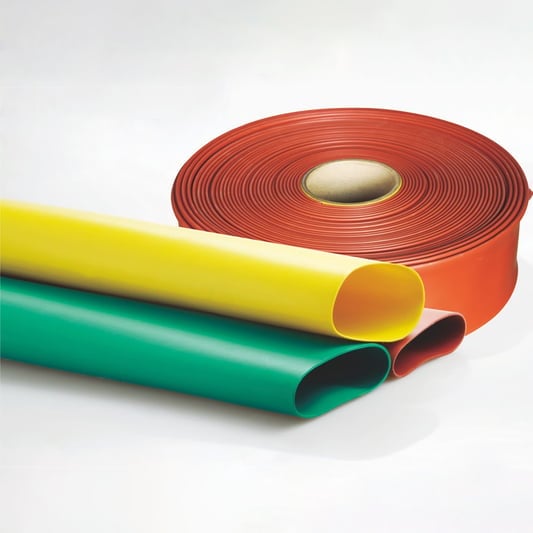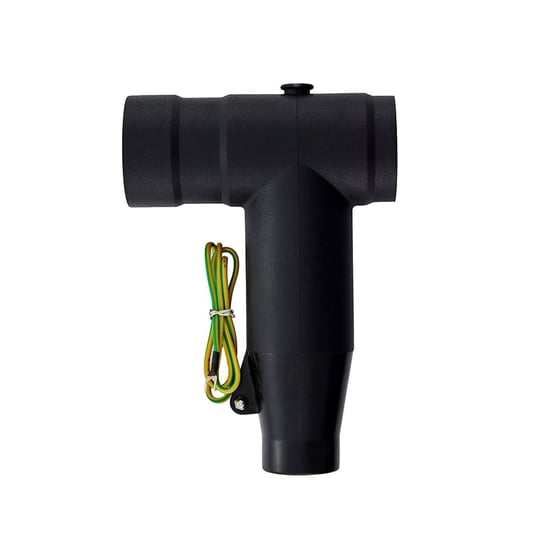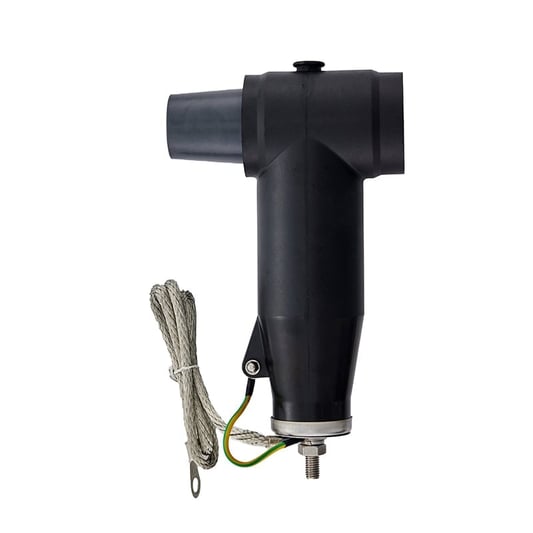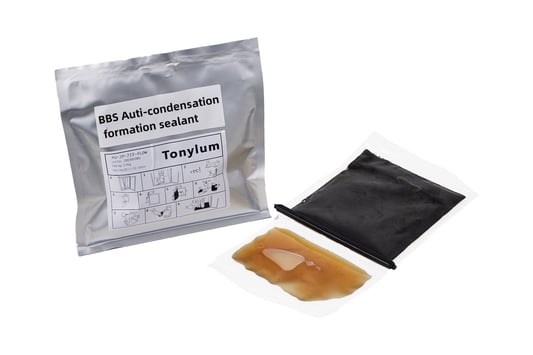Outdoor Cable Termination: What It Is and Why It's ImportantIf you're working with outdoor electrical systems, you need to know about outdoor cable termination. The process of terminating a cable is all about creating a reliable and secure connection point for the cable. Without proper termination, your cables can become damaged and potentially dangerous. In this article, we'll explore everything you need to know about outdoor cable termination.Types of Outdoor Cable TerminationThere are several types of outdoor cable termination, each with their own pros and cons. Some of the most common types include:Cable glandsHeat shrink tubingCompression fittingsCrimp connectorsEach type has a specific use case and should be chosen based on the specific requirements of your application.Choosing the Right Materials for Outdoor Cable TerminationThe materials you choose for your outdoor cable termination must be able to withstand the elements. This means they should be resistant to moisture, UV radiation, extreme temperatures, and physical wear and tear. Some of the most commonly used materials for outdoor cable termination include:Silicone rubberEPDMPolyurethanePVCNeopreneChoosing the right materials is crucial for ensuring the longevity and reliability of your cables.Proper Installation Techniques for Outdoor Cable TerminationThe installation process for outdoor cable termination is just as important as choosing the right materials. Improper installation can lead to cable damage and failure. Here are some best practices to follow:Ensure the cable is clean and dry before terminatingChoose the right type of termination for the cableMeasure the cable and ensure a snug fitFollow the manufacturer's instructions carefullyBy following these installation techniques, you can ensure your cables are properly terminated and reliable.Testing Your Outdoor Cable TerminationAfter installing your termination, it's important to test it to ensure it's working properly. This can be done using a multimeter or other testing equipment. A proper test should confirm that the cable is conducting properly and that the termination is secure.Outdoor Cable Termination and WaterproofingTo be effective, outdoor cable termination should also incorporate waterproofing measures. Wet weather can damage electrical systems and create safety hazards. Some common waterproofing techniques include:Heat shrink tubingCable glands with sealing ringsWaterproof tape or sealantBy combining termination and waterproofing techniques, you can ensure your cables are fully protected.The Importance of Compliance with Outdoor Cable Termination RegulationsOutdoor electrical systems are subject to a number of regulations for safety and reliability. Compliance with these regulations is essential for avoiding fines or even legal issues. Some of the most important regulations to keep in mind include:UL 514BNEC 110.14NFPA 70EBy following these regulations, you can guarantee the safety and effectiveness of your outdoor electrical systems.Common Problems with Outdoor Cable TerminationEven when using the best materials and techniques, outdoor cable termination can sometimes go wrong. Some of the most common problems include:Moisture and water damagePhysical damage to cablesUV radiation damageImproper installationMonitoring and regular maintenance can help you catch these problems early and avoid more serious issues.Importance of Professional Installation for Outdoor Cable TerminationIf you don't have the expertise or experience to perform outdoor cable termination properly, it's best to leave it to the professionals. Professional installers will have the tools, materials, and knowledge necessary to ensure proper termination and compliance with applicable regulations.Conclusion: The Importance of Outdoor Cable TerminationOutdoor cable termination is a critical part of ensuring the safety and reliability of your outdoor electrical systems. By choosing the right materials, using proper installation techniques, testing your termination, and ensuring compliance with regulations, you can be sure your cables will work properly and safely for years to come.Outdoor Cable Termination, cable glands, heat shrink tubing, compression fittings, crimp connectors, silicone rubber, EPDM, polyurethane, PVC, neoprene, waterproofing, regulations, compliance, safety, installation, testingThe Ultimate Guide to Outdoor Cable Termination | Key FactsDiscover everything you need to know about outdoor cable termination, from choosing the right materials to proper installation, testing, and compliance with regulations. Get the facts now.Quote InquiryContact Now!


